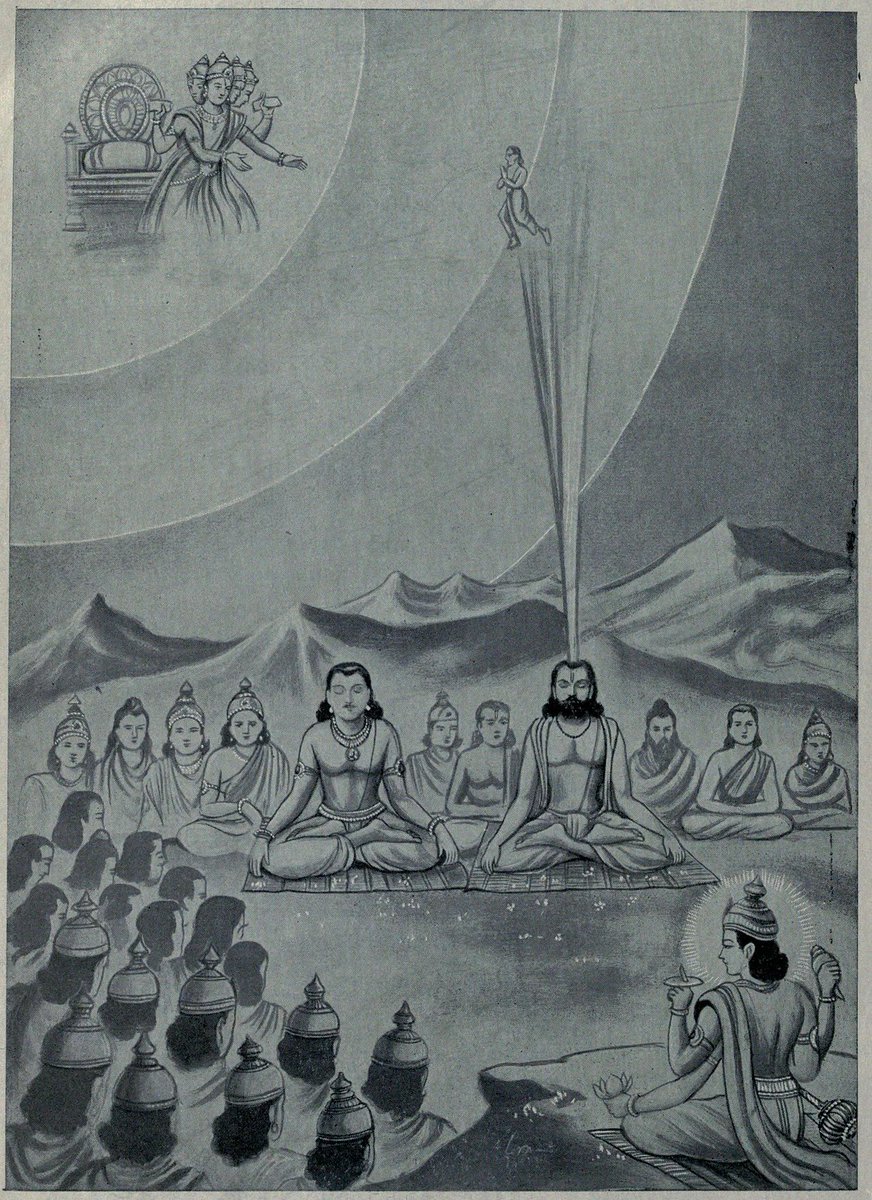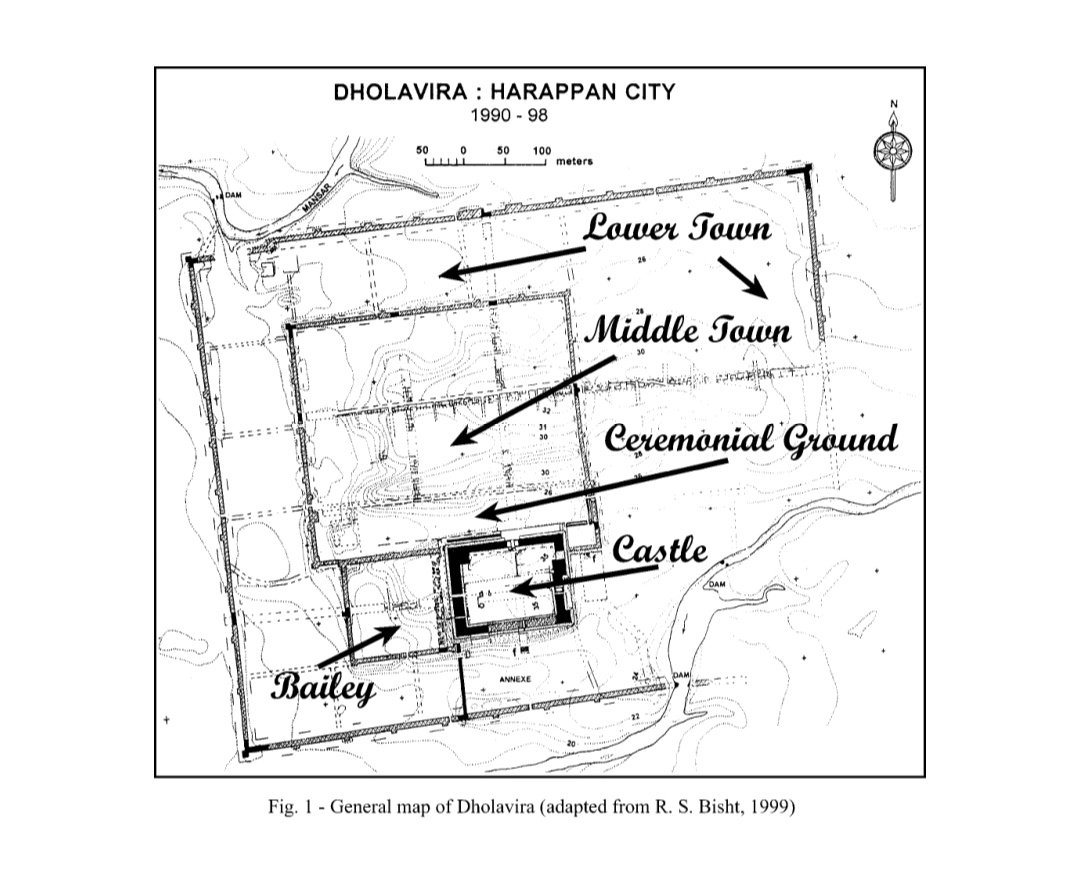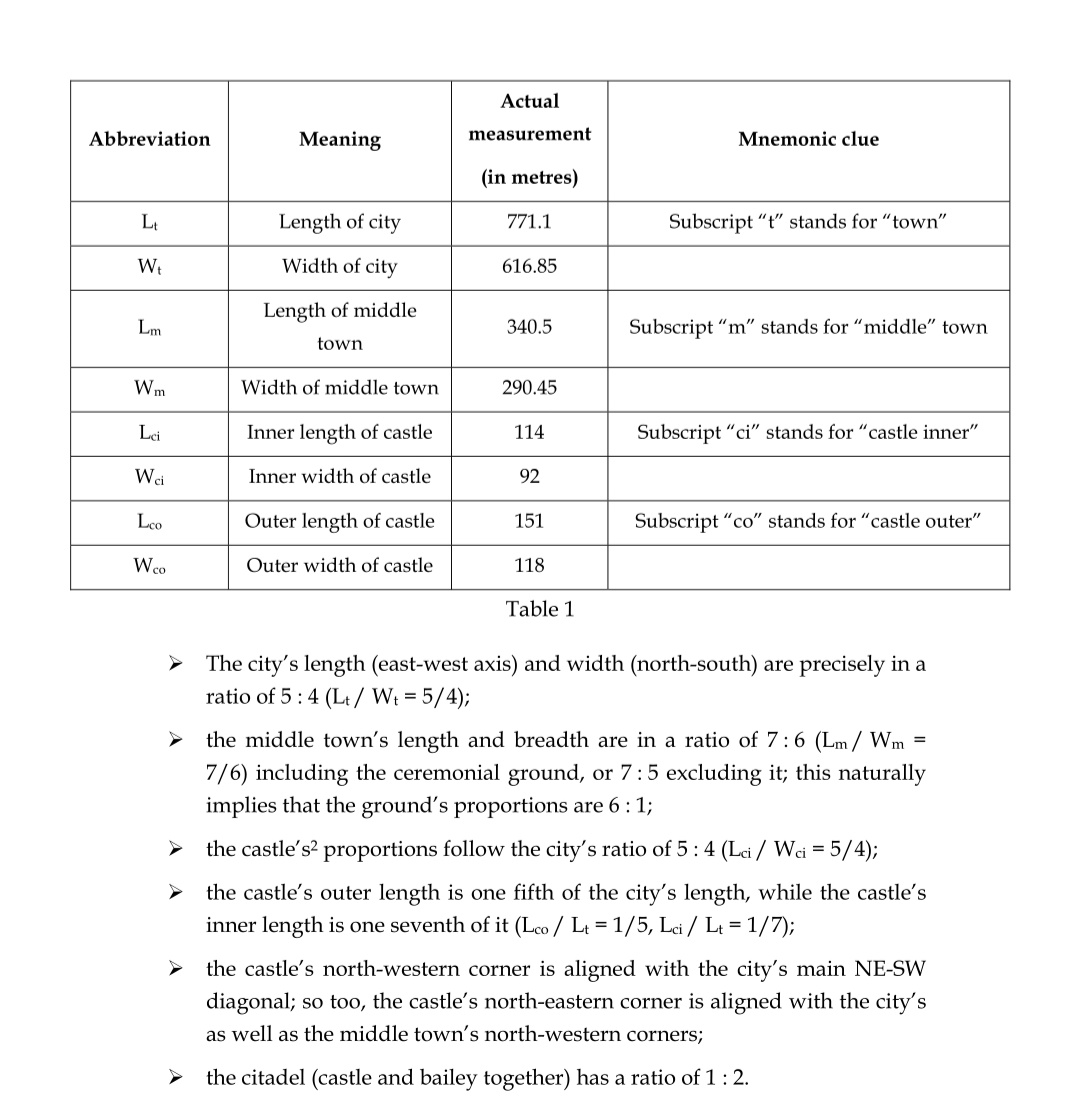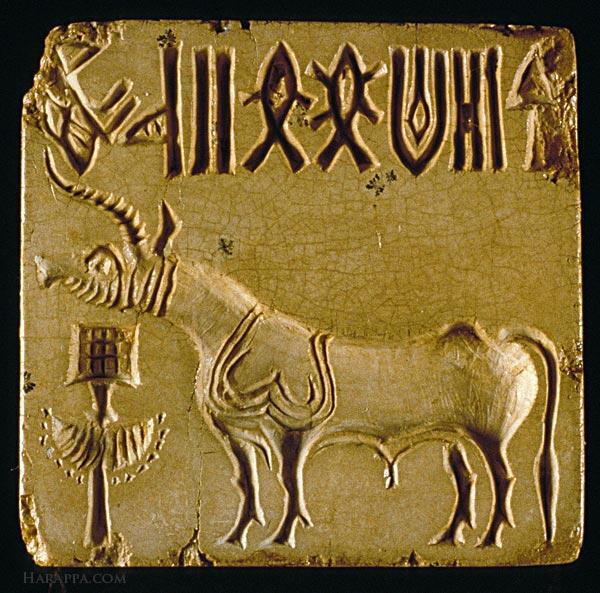
the Vedas were composed orally and they always were and still are, to some extent, oral literature. They must be regarded as tape recordings, made during the Vedic period and transmitted orally, and usually without the change of a single word.” (WITZEL 1997b:258).
Even this AMT fan Witzel admits Vedas are like tape recordings. So we can rely on them for historical analysis
The word Ikṣvāku is found only once in the whole of the Rigveda, in X.60.4
However, the Ikṣvāku are referred to in the Rigveda by another name: as the Tṛkṣi: this word is found twice in the Rigveda: VI.46.8; VIII.22.7.
However, the Ikṣvāku are referred to in the Rigveda by another name: as the Tṛkṣi: this word is found twice in the Rigveda: VI.46.8; VIII.22.7.
a) In the second reference, VIII.22.7, the word is used as an epithet of a king called Trāsadasyava, "the son of Trasadasyu". The actual name of this king, "the son of Trasadasyu", is not given in the hymn, but most Indologists assume his name to be Tṛkṣi,
on account of the phrase "Tṛkṣim Trāsadasyavam" (mis)translated as "Trikṣi, the son of Trasadasyu". However, it should actually be translated as "the Trikṣi, the son of Trasadasyu", meaning "the son of Trasadasyu, of the Trikṣi (tribe)". The other earlier reference makes it
clear that the word is not the name of a person but of a tribe:
b) The first reference, VI.46.8, is one of those directional references which names tribes as references of direction. The two verses VI.46.7-8 are as follows:
b) The first reference, VI.46.8, is one of those directional references which names tribes as references of direction. The two verses VI.46.7-8 are as follows:
"All the manly powers of the Nahuṣa Tribes, all the Glory of the Five Tribes, bring it together, O Indra!
All the Strength with Trikṣi, with Druhyu, and with Pūru, bestow it all on us, O Indra, that we may conquer all our enemies in battle".
All the Strength with Trikṣi, with Druhyu, and with Pūru, bestow it all on us, O Indra, that we may conquer all our enemies in battle".
The Tṛkṣi (Ikṣvāku) kings are referred to as follows:
1. Mandhātā: I.112.13; VIII.39.8; 40.12.
2. Purukutsa: I.63.7; 112.7; 174.2; VI.20.10.
3. Trasadasyu: I.112.14; IV.38.1; 42.8,9; V.27.3; 33.8; VII.19.3; VIII.8.21; 19.32,36; 36.7; 37.7; 49.10; X.33.4; 150.5.
1. Mandhātā: I.112.13; VIII.39.8; 40.12.
2. Purukutsa: I.63.7; 112.7; 174.2; VI.20.10.
3. Trasadasyu: I.112.14; IV.38.1; 42.8,9; V.27.3; 33.8; VII.19.3; VIII.8.21; 19.32,36; 36.7; 37.7; 49.10; X.33.4; 150.5.
Paurukutsa: IV.42.9; V.33.8; VII.19.3; VIII.19.36.
4. Trivṛṣan: V.27.1.
5. Tryaruṇa: V.27.1-3.
Trasadasyu: V.27.3.
6. Trāsadasyava: VIII.22.7.
7. Kuruṣravaṇa: X.32.9; 33.4.
Trāsadasyava: X.33.4.
4. Trivṛṣan: V.27.1.
5. Tryaruṇa: V.27.1-3.
Trasadasyu: V.27.3.
6. Trāsadasyava: VIII.22.7.
7. Kuruṣravaṇa: X.32.9; 33.4.
Trāsadasyava: X.33.4.
The first of these, Mandhāta is clearly a distant ancestral king in this line, since he is not referred to in any contemporary sense: in the first reference, I.112.13, he is included in a long list of beneficiaries of the grace of the Aśvins.
Aśvinīdevas once helped Māndhātā in his work as an owner of land. (Sūkta 112, Anuvāka 16, Maṇḍala 1, Ṛgveda).
In the next two (both by one composer), he is clearly an old ancestral figure: VIII.40.12 specifically refers to him as an ancestor (pitṛ). The composer is Nābhāka Kāṇva: incidentally, in the Ikṣvāku dynastic lists in both the Puranas and Epics, Nābhāga is the name of one of
the far descendants of Mandhātā.
The rest of the kings are clearly kings contemporary to the period of the New Books. They are found in all in 14 hymns in the New Books, and in 6 of them they are the patron kings of the hymns (i.e. the king from whom the composer is receiving
The rest of the kings are clearly kings contemporary to the period of the New Books. They are found in all in 14 hymns in the New Books, and in 6 of them they are the patron kings of the hymns (i.e. the king from whom the composer is receiving
Some kind of gifts: V.27,33; VIII.19,49; X.32,33.
But then we come to the 4 references to them in the Old Books: VI.20; VII.19; IV.38,42.
But then we come to the 4 references to them in the Old Books: VI.20; VII.19; IV.38,42.
the 4 references in the Old Books stand out from normal references to kings in the Rigveda: IV.42.8-9 twice refers to Trasadasyu as an ardhadeva or "demi-god", an extraordinarily adulatory phrase It glorifies his birth in a manner reminiscent of the glorification of the birth of
later divine heroes not only in India but all over the world, but without parallel in the Rigveda: the Seven Great Sages (sapta ṛṣi) gather together, Purukutsa's wife gives oblations to Indra and Varuṇa, and the two Gods are pleased to reward her with the birth of Trasadasyu".
VII.19.3 refers to Indra helping the Pūrus "in winning land and slaying foemen" once by way of Sudās (the hero of Book 7) and once by way of Trasadasyu Paurukutsa
So, It is clear from this, there shouldn't be any doubt about the Historisity of the Ikshvaku(Suryavamsa) dynasty.
• • •
Missing some Tweet in this thread? You can try to
force a refresh









